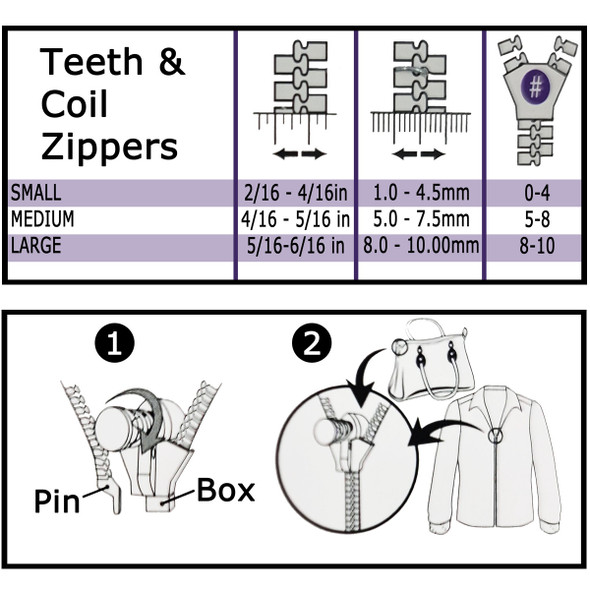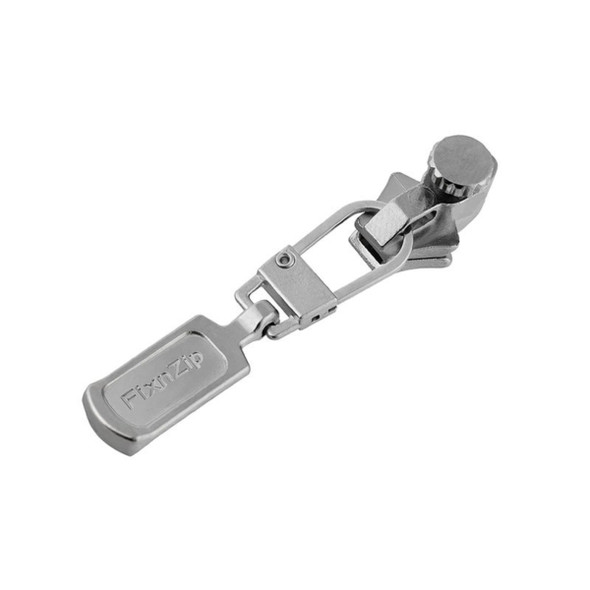A sleeping bag is basically a square blanket, fitted with a zipper on one or two sides, allowing it to be folded in half and secured in this position.
The second major type of sleeping bag, sometimes called a mummy bag because of its shape, is different in a number of important ways. It tapers from the head end to the foot end, reducing its volume and surface area, and improving its overall heat retention properties. A mummy bag often cannot be rolled like a rectangular bag. Instead, it is simply stuffed into a stuff sack or compression sack.
Sleeping bags are either synthetic or down filled. There is really no benefit of one over the other as both types of bags have their pros and cons. As an example, synthetic bags are easy to clean and low maintenance, whereas down bags need to be cleaned and stored differently and with more care as down can be affected by their environment as well as by their natural oils, which build up over time. However, down bags are generally warmer, lighter in weight for their warmth rating, and thus more compact.
Temperature ratings
A person in a sleeping bag
In Europe, the EN 13537 standard normalizes the temperatures at which a sleeping bag can be used. A test, relying on a heated mannequin, provides four temperatures:
- the upper limit is the highest temperature at which a 'standard' adult man is able to have a comfortable night's sleep without excess sweating.
- the comfort rating is based on a 'standard' adult woman having a comfortable night's sleep.
- the lower limit is based on the lowest temperature at which a 'standard' adult man is deemed to be able to have a comfortable night's sleep.
- the extreme rating is a survival only rating for a 'standard' adult man. This is an extreme survival rating only and it is not advisable to rely on this rating for general use.
The transition zone, in between the comfort and lower temperature, is usually considered as the best purchase guideline.
Temperature Rating Information from http://en.wikipedia.org/wiki/Sleeping_bag





 Sale 60%Sale 60%
Sale 60%Sale 60%
 Sale 11%Sale 11%
Sale 11%Sale 11%









